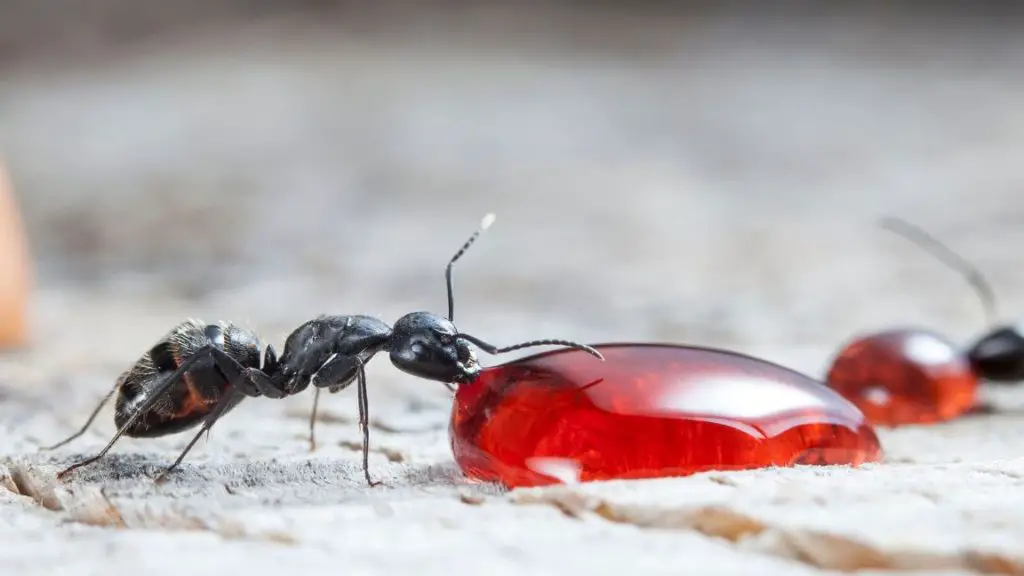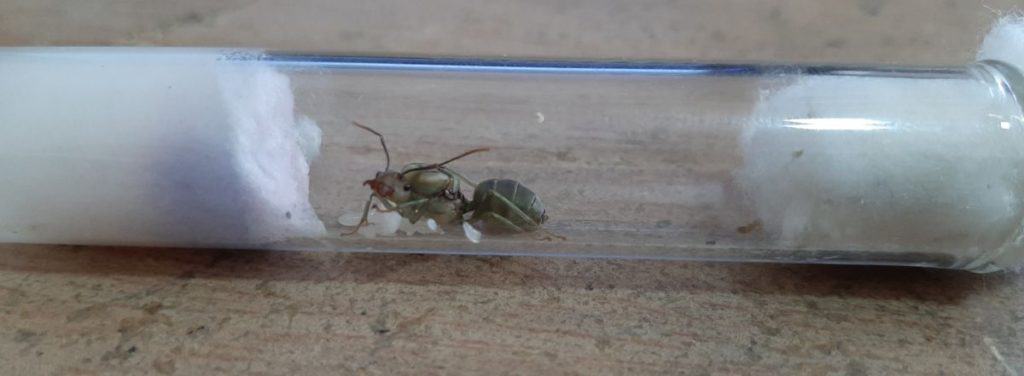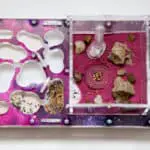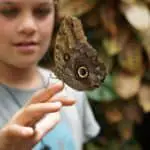Ever wondered what it takes to make your ant colony thrive? It’s not just about tossing in a sugar cube and calling it a day. When I started my first ant colony, I made the classic newbie mistake of feeding them nothing but sweets. Sure, they looked busy and happy—until the colony stopped growing. That’s when I realized ants need a balanced diet, just like us.
In this guide, I’ll walk you through what to feed your ant colony, how often to feed them, and the role each food type plays in their tiny world. By the end, you’ll be ready to give your ants a five-star buffet that will keep them thriving for generations.
Why Diet Matters for Ant Colonies
Ants might seem like simple creatures, but their dietary needs are surprisingly complex. A healthy colony needs a balance of:
- Protein: Helps the queen lay eggs and supports larval growth.
- Sugar: Fuels the workers as they forage and care for the colony.
- Water: Essential for survival.
Get this balance right, and your ants will reward you with a bustling, growing colony. Get it wrong, and your colony could stagnate—or worse.
What to Feed Your Ant Colony
1. Protein: The Building Block of Growth

Protein is crucial for your ants, especially the queen and the larvae. The queen uses it to produce eggs, and the larvae need it to grow into adult ants.
Best Protein Sources:
- Dead insects like crickets (buy them from pet stores to avoid pesticide exposure).
- Alternative options: boiled egg yolk, peanut butter, canned tuna, or high-protein dog food.
Feeding Tips:
- If you’re using insects, offer small pieces like a cricket leg for smaller colonies.
- Place food on a small plastic sauce plate to keep the formicarium clean and make it easy to remove leftovers.
- Remove uneaten food daily to prevent mold or fungus.
Pro Tip: Experiment with different protein sources to find what your ants prefer. Some species even favor live prey—though immobilizing it first is a good idea if you’re squeamish!
2. Sugar: The Energy Booster

Sugar fuels the workers, giving them the energy they need to forage, care for the colony, and defend the nest.
Best Sugar Sources:
- Small pieces of fruit like apple or banana.
- Syrup water (1 part sugar to 9 parts water).
- Avoid honey; ants can get stuck and die.
The Hassle-Free Method:
- Use a small container with a cotton ball. Saturate the cotton with syrup water, ensuring it stays moist but not dripping.
- Refill the syrup as needed, and replace the cotton ball monthly to avoid hardening.
This method provides a long-lasting sugar source while preventing accidental drowning.
3. Water: The Lifeline
Ants need a constant water supply to stay healthy. The easiest method is the same as the syrup setup—just skip the sugar.
All living creatures need water, so do ants. To ensure they have enough water, simply follow the syrup water method above without adding sugar.
Understanding Ant Species and Food Preferences
Different ant species have different dietary preferences:
- Protein lovers: Coastal brown ants.
- Sugar lovers: Sugar ants, black house ants, and odorous house ants.
- Seed lovers: Harvester ants.
If you’re unsure about your species, don’t stress. Identification can be tricky without specialized tools, but experimenting with different foods works just as well.
Pro Tip: If you purchased your ants from a pet store, they likely came with species information.
Feeding a Starter Ant Colony

Starting with a queen? Here’s how to care for her:
- Fully-Claustral Queens: These queens survive on their body’s food reserves until their first brood (nanitics) hatches. Ensure constant water access.
- Semi-Claustral Queens: Provide protein twice a week in addition to water.
Once the colony reaches 10 nanitics:
- Feed protein (like cricket legs or tuna) twice a week.
- Remove unconsumed food the same day to keep the formicarium clean.
Troubleshooting Common Feeding Issues
- Colony Isn’t Growing?
Increase protein. The queen and larvae need it to thrive. - Ants Ignoring Food?
Adjust feeding times to match their foraging behavior. Some ants are more active at night, others during the day. - Mold or Fungus in the Formicarium?
Remove uneaten food promptly and clean the formicarium regularly. - Too Busy to Feed Daily?
Use a feeder tower (affiliate link) for syrup and rotate protein options weekly.
Final Thoughts
Feeding your ant colony might seem overwhelming at first, but it quickly becomes second nature. A mix of protein, sugar, and water will keep your colony thriving, and experimenting with different foods is half the fun.
If you’re just getting started, focus on the basics—dead insects for protein and syrup water for sugar. As your colony grows, you’ll learn their preferences and can tailor their diet accordingly.
Ant keeping is a fascinating journey, and feeding your colony is where the magic happens. Ready to dive deeper? Check out my comprehensive ant-keeping guide here.


